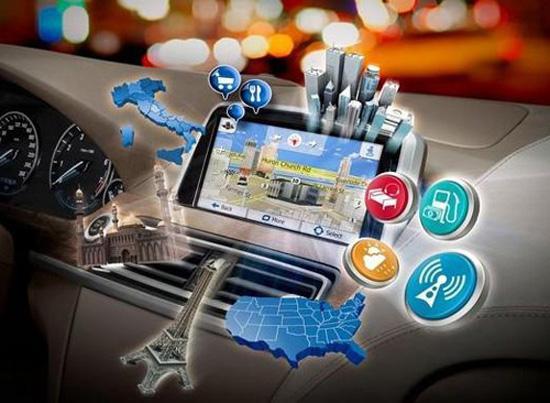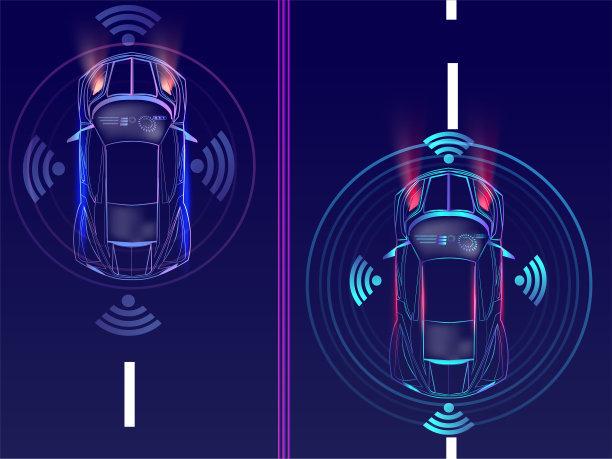What is the Internet of Vehicles?
I believe everyone will be familiar with Internet of Vehicles. Now, whether it is automakers, sellers, or Internet companies such as Alibaba and Tencent, they often mention it.
Simply put, car networking is to connect cars to form a network. We can look at the bigger picture. Internet of Vehicles is actually a large system. Many people regard the Internet of Vehicles as a small part of the car networking system. The Internet of Vehicles is a kind of Internet of Things.

Internet of Vehicles is a network that connects cars together. To be exact, car networking connects cars with cars. It also connects cars with pedestrians. Cars with roads. Cars with infrastructure. Cars with the network.
V2V: Vehicle to Vehicle
V2P: Vehicle to Pedestrian
V2R: Vehicle to Road
V2I: Vehicle to Infrastructure
V2N: Vehicle to Network
V2C: Vehicle to Cloud
No matter what V2 is, we can call them V2X (X stands for everything).

Some students regard a V2 above as a car network. It is inaccurate. The real car network is V2X. That is, cars connect everything.
Sensor technology is critical to the intranet. The sensors here include the collection of information inside the vehicle. It has the sensor data outside the vehicle. For example, anti-collision sensor information. Cameras that sense changes in the external environment. Sensors that monitor road conditions, etc. These sensor data are related to the comfort and safety.
The Internet of Vehicles has not been popular for so many years. There is a reason for it. The external communication capability of vehicles.
Car manufacturers are good at building cars. The car intranet can be powerful. It cannot solve the problem of external connection. Internet companies are doing a lot of software. Yet it is useless unless you get the data.
The wide-area Internet of Things communication technology wasn't mature. The Internet of Vehicles can't have substantial significance.
It's different now. We can use LTE-V. We can break the bottleneck of vehicle external connection. The Internet of Vehicles have potential ability. It is likely to release the potential ability.
The vehicle data is networked. Transmit all information about the vehicle's running status to the cloud. Surrounding these information data, there are massive application scenarios.
Connect cars and all kinds of transportation infrastructure to the network. The powerful cloud computing system analyzes the traffic flow and congestion of the whole city. It makes path planning for all road vehicles. It adds traffic scheduling. This system can maximize the efficiency of the city's transport capacity. It will greatly reduce the traffic accidents.
